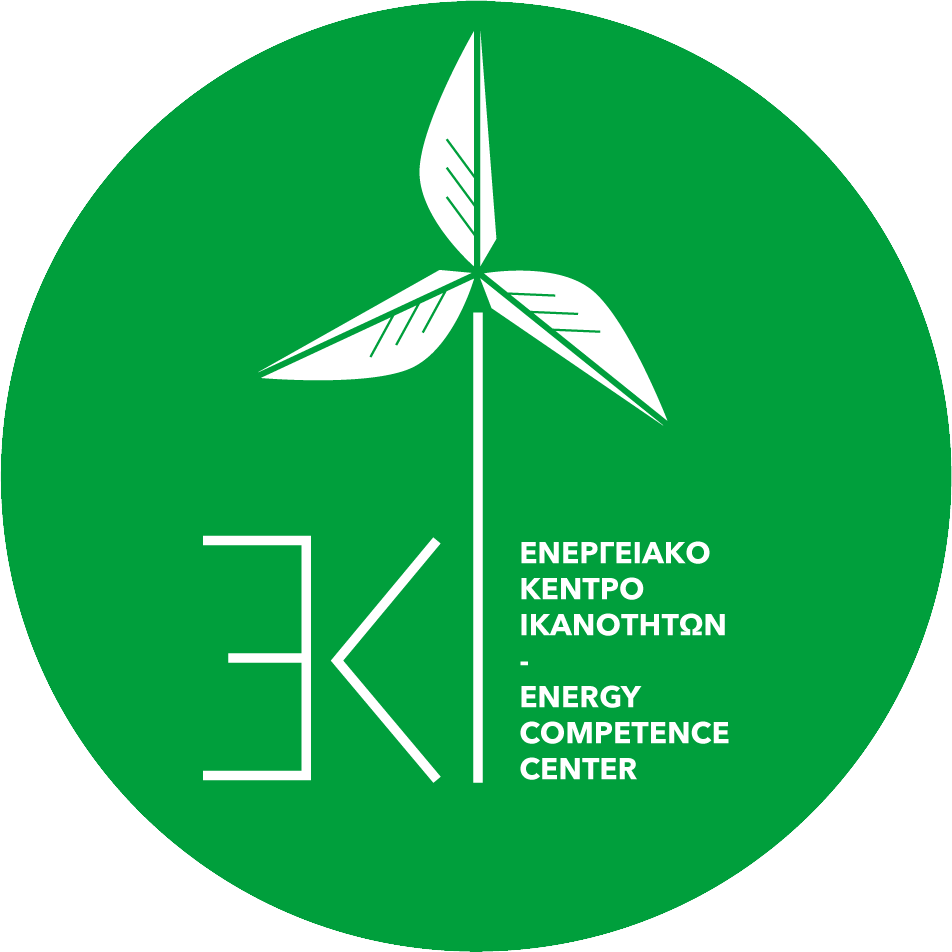Work Units
Driving Progress, Work Unit by Work Unit: Achieving Results and Advancing Together
01.
Technologies, framework, requirements of hybrid storage
Exploring the Integration, Operational Framework, and Performance Requirements of Hybrid Energy Storage Systems
Task 1.1 The Technological Landscape: A Literature Review
This literature review will delve into the technological landscape surrounding hybrid energy storage, examining relevant studies, research papers, and advancements in the field.
By exploring various hybrid storage technologies, such as the combination of lithium-ion batteries with hydrogen fuel cells or supercapacitors, valuable insights can be gained to inform the development of a software tool for optimizing these storage systems.
This review will also highlight the challenges and opportunities associated with hybrid storage, including the integration of renewable energy sources, system control, cost-effectiveness, and scalability.
By synthesizing existing knowledge, it will serve as a foundation for the creation of a powerful software tool capable of optimizing hybrid energy storage, fostering more efficient and sustainable energy management practices.
Task 1.2 End User Requirements, Policies, and Regulatory Framework
By examining the needs and preferences of end users, including industries, households, and communities, valuable insights will be obtained to ensure that hybrid storage solutions meet their specific demands.
Additionally, the analysis will delve into the policies and regulatory landscape governing energy storage deployment, grid integration, and financial incentives.
Understanding the current policies and regulations enables the identification of barriers and opportunities for the widespread adoption of hybrid energy storage.
By synthesizing this knowledge, strategies can be developed to navigate the complex regulatory environment and ensure compliance with applicable standards.
Ultimately, this review will serve as a valuable resource to align end user requirements with policy goals and regulatory frameworks, facilitating the successful implementation of hybrid energy storage systems.
Task 1.3 Designing Innovative Business Models
A comprehensive review of existing business models within the energy sector, with a specific focus on hybrid storage solutions, will be conducted.
The review will identify successful case studies, key strategies, and emerging trends in business model design.
Drawing upon these insights, a set of innovative business models will be proposed. These models will address the unique challenges and opportunities associated with hybrid storage, while aligning with regulatory frameworks and end user requirements.
Revenue generation, cost structures, value proposition, customer engagement, and potential partnerships will be carefully considered in the design process.
Additionally, the potential utilization of emerging technologies, such as blockchain or smart contracts, will be explored to enhance the effectiveness and efficiency of the proposed business models.
Task 1.4 Functional Specifications - Flexibility Requirements
Functional specifications will be developed to ensure that the hybrid storage systems possess the necessary flexibility to respond to varying energy demands and grid conditions.
Analysis of tchnical aspects such as the ability to seamlessly integrate with renewable energy sources, adaptability to fluctuating load profiles, and the capability to provide grid services such as frequency regulation and peak shaving.
Specifications that address operational aspects, including response time, scalability, and interoperability with other energy storage systems.
Compliance with relevant standards and regulations will be taken into account to ensure seamless integration into existing energy infrastructure.
The functional specifications will serve as a guideline for the design and implementation of hybrid energy storage systems that exhibit the required flexibility to enhance grid stability, optimize energy utilization, and support the efficient integration of renewable energy resources.
Work Unit Deliverables:
- Overview of current technologies, indicators
- Regulatory framework and business models of hybrid storage technologies
02.
Optimization models of hybrid storage
Hybrid storage optimization models improve the performance and efficiency of storage systems that combine different technologies, offering optimal energy efficiency
Task 2.1 Requirements and Modeling of Hybrid Energy Storage Processes
Task 2.2 Integration of Models and Creation of Virtual Renewable Energy Plants with Hybrid Storage
By combining various models and simulation techniques, it becomes possible to design and optimize the performance of hybrid storage systems in conjunction with renewable energy sources.
These virtual renewable energy plants can simulate the behavior and interaction of different components, such as solar panels, wind turbines, and energy storage systems, providing insights into their performance under various conditions.
Through the integration of models, renewable energy plant operators can make informed decisions regarding system configuration, storage capacity, and overall energy management.
This approach contributes to the development of efficient and reliable renewable energy systems, fostering the transition towards a cleaner and more sustainable energy future.
Task 2.3 Constraints and Requirements of Flexibility
These constraints can include technical limitations, such as the capacity of energy storage systems, grid infrastructure, and transmission capabilities.
Additionally, market and regulatory frameworks impose constraints related to pricing mechanisms, market design, and grid interconnection standards.
To ensure flexibility, it is necessary to assess and address these constraints effectively. This involves developing strategies for demand response, grid balancing, energy trading, and integrating various energy resources.
By understanding and overcoming these constraints, energy systems can be designed to achieve higher flexibility, allowing for the efficient integration of renewable energy sources, optimal load management, and overall grid stability.
Work Unit Deliverables:
- Documentation of the optimization model
-
Prototype software for optimizing renewable energy
management with hybrid storage
03.
Execution of scripts and analysis of results
Automating Processes and Interpreting Outcomes
TASK 3.1 Scenarios, Assessment Framework, and Baseline Scenarios
Scenarios constructed to explore different future possibilities and potential outcomes, considering factors such as technological advancements, market dynamics, and policy changes.
Framework assessment for providing a structured approach to evaluate the feasibility, impact, and performance of these scenarios.
Development of baseline scenarios to serve as a reference point to compare and measure the effectiveness of alternative scenarios.
Task 3.2 Demonstration of Prototype Software Functionality
Prototype software presentation to showcase its features, capabilities, and performance.
Functionality validation, user interface, and overall user experience of the software, allowing end users to interact with the prototype, providing feedback, and assessing its effectiveness in meeting the intended objectives and requirements, to identify any potential issues or areas for improvement, guiding further development iterations.
TASK 3.3 Analysis of Operational Optimization Results and Break-Even Point Calculation
Assessment of improvements achieved in terms of efficiency, cost reduction, or other relevant metrics.
Calculation of the break-even point, which represents the point at which total costs equal total revenues,to determine the minimum level of activity or sales required to cover costs, providing valuable insights into the financial performance and sustainability of the project, enabling informed decision-making and strategic planning.
End users can assess the feasibility, profitability, and potential risks associated with the endeavor, facilitating effective resource allocation and business growth strategies.
Work Unit Deliverables:
- Reference to use cases of the optimization software
- Analysis of results
04.
Evaluation of results and exploration of generalization
Examining Results and Generalizing Findings
TASK 4.1 Evaluation of Results
Through comprehensive analysis and interpretation, the evaluation provides valuable insights into the effectiveness, efficiency, and impact of the prototype software tool.
Task 4.2 Roadmap for Scaling and Replication
By outlining key milestones, resources, and strategies, the roadmap guides organizations and end users in effectively scaling up proven approaches and replicating them in different contexts.
This roadmap serves as a valuable tool to ensure the efficient and sustainable growth of initiatives, maximizing their impact and reach.
TASK 4.3 Functional Specifications of a Standalone Modular Software Optimization Application
These specifications outline the specific functionalities and features that the software should possess in order to optimize performance, efficiency, or other targeted objectives.
By clearly defining the functional specifications, the development team can ensure that the software meets the intended goals and provides a user-friendly and efficient solution for software optimization.
Work Unit Deliverables:
- Evaluation report of results
- Roadmap for reproducing results
- Specifications of an autonomous optimization software application
Ready to learn more about cn-hess project?
Delve into the core components of our project for a comprehensive overview of its key aspects,
progress, and outcomes

Project Structure

Work Units

Tools & Services

Deliverables









